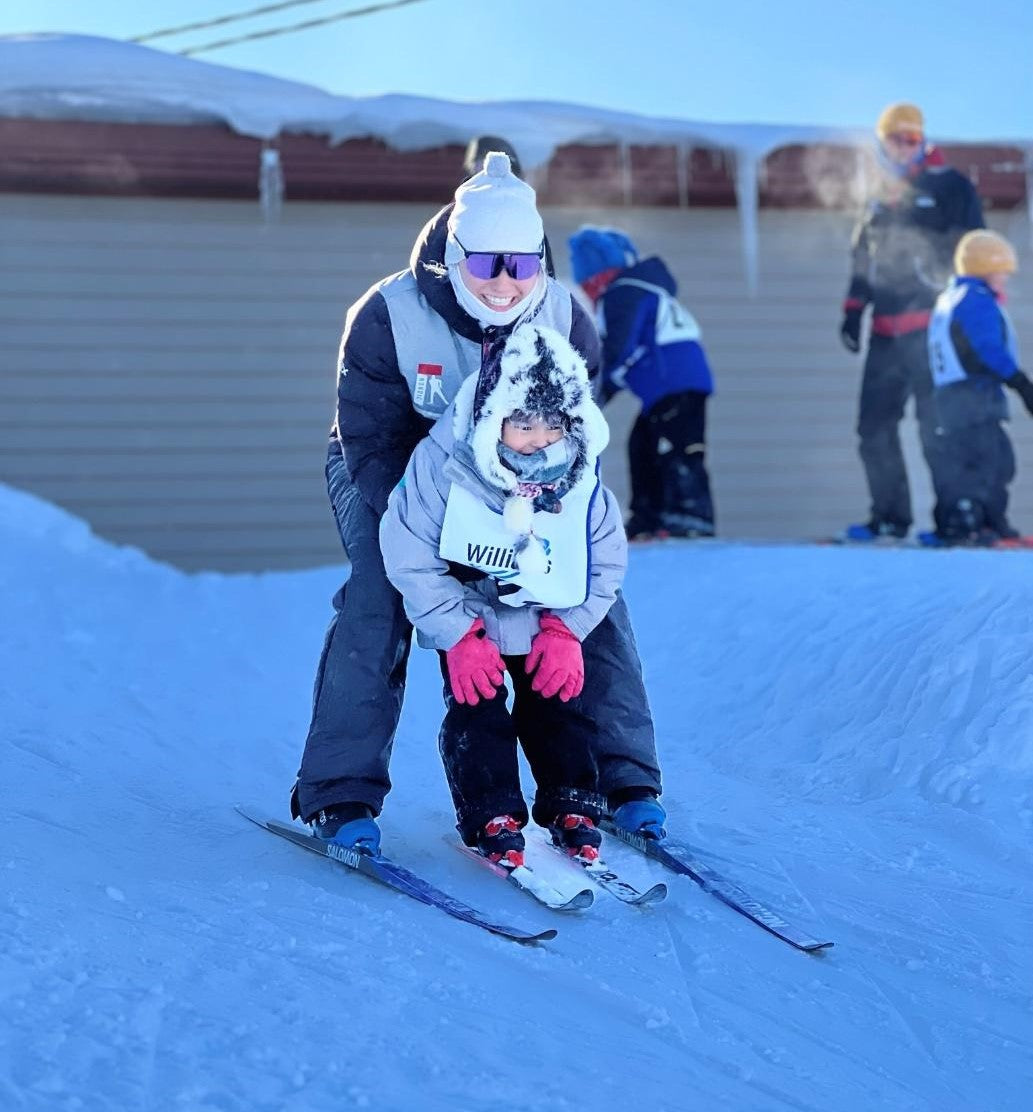Skis wear out. From our vantage point, ski lifespan has been shortening and this seems to be a trend starting since about mid to late 2000s. Whether this is a planned shortening of lifespan (i.e., the Apple phone business model) or a construct of the advancing materials in ski cores, is up for debate. The positive on thinning ski cores is lightweight skis are so nice to ski on vs. some of the old tanks (think Salomon S/Lab White-Lighting vintage 2005-2007).
But the fact is ski core materials have been thinning over time.
All ski cores are cut into shape using wood or foam and laminated with varying materials including fiberglass and carbon fiber. There is some debate around ski core composition but we are not going to dive into that during this article. We are going to focus on what happens when skis wear out. Skis are not like fine wine or whisky/scotch… they don’t get better with age. Current race skis are lasting 3-5 years with moderate use and 2-3 seasons under heavy use. FYI, life is too short to ski on blown/worn out skis.

A snapshot of the wood cores that make up your racing skis.
All skis are basically a dynamic bridge that redirects ski force/weight across snow. In an ideal skate ski, skate skis have a soft primary camber so they can accelerate as soon as they are set down and a stiff but supple secondary camber so they are stable and you can push off them. Classic skis are a bit opposite, they need a decent primary camber to carry kick wax or skin and a soft secondary camber so you can get grip under full load. There are more nuances involved (especially when looking at varying snow conditions) but this basic idea is worth building from to understand our wearing out discussion.

Skis pictured before they are cut into shape.
Skate: When skate skis wear out, the bridge starts to break down. Think about what happens when a bridge wears out, it does not do a good job of redirecting load. It collapses. On skate skis, this manifests itself from 1) a shortening of the wheelbase, 2) an increase in pressure within the glide zones and 3) a change in percentage load between tip and tail. This worn-out skate ski will be less stable (shortening wheelbase… think unicycle vs a long-haul road bike) and the bridge won’t put as much skier body weight into the tip of the ski (less balanced pressure will be a “loose” front end).
Also, since the bridge is tired, there will be an increase in peak pressure in the glide zones that extra pressure will not glide fast. Many customers think their older skate skis can be repurposed as soft snow skis… that is not a viable option because they will be slow and squirrely. Using them in very soft snow might reduce the stability issue but the higher peak pressure in soft snow is a death sentence for hopes of good glide.
Classic: As classic skis wear out, most customers are familiar with the lower carrying capacity of the primary camber. The pocket under foot will shrink and not carry wax as well vs. when the ski was new. The other issue that many customers don’t think about is the tired classic ski will sometimes not kick as well. Once the bridge is sufficiently tired, it does not re-directing force as well throughout the entire pocket and you are getting a more localized “impulse” right under the ball of the foot. In well formed tracks you won’t notice this as much but in loose or breaking tracks, you will slip more from not having as equal pressure across the entire kick pocket.
The good news is we can test skis at our shop (free of charge) and give you a bill of health on the flex of your skis. We can help you determine if the ski is worn out or not. If not worn out, we can help you determine quality of flex, weight range and conditional use.



